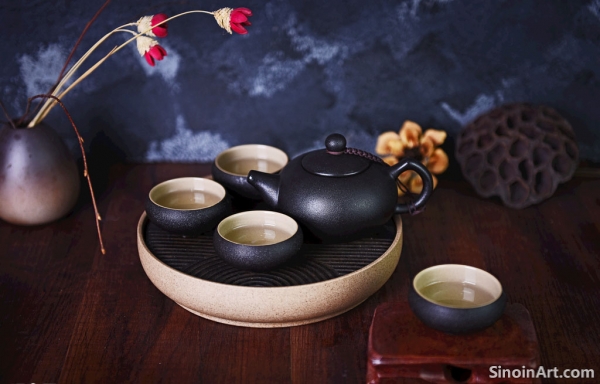The Future of Chinese Tea: Sustainability and Modern Innovations
|
The future of Chinese tea is closely linked to issues of sustainability, ethical practices, and the adoption of innovative technologies. As the global demand for tea continues to grow, it is essential to ensure that the industry remains both environmentally responsible and socially conscious, ensuring its continuation for future generations.  Sustainable tea production involves practices that protect the environment, preserve biodiversity, and promote responsible use of natural resources. This approach also involves using environmentally friendly methods of production, including reduction of waste, and responsible sourcing of materials.  Ethical labor practices are also vital, ensuring that tea workers are treated fairly, with safe working conditions, and adequate wages. The well-being of tea producers is as essential as the quality of the product they are producing. A commitment to fair and ethical practices is central to the ongoing success of the tea industry.  Modern technologies can help to improve efficiency, reduce waste, and enhance the quality of tea production. These new technologies may also help to address the challenges of sustainable production, and help to make production more effective. Looking ahead, the Chinese tea industry must continue to innovate, adapt, and embrace ethical practices, ensuring that this ancient tradition continues to flourish while also respecting the needs of both people and planet. The use of technology, and a commitment to ethical practices, will be vital to its continuing success. The future of Chinese tea will rely on this balanced approach. |
Tag : Sustainable Tea, Ethical Tea Practices, Modern Tea, Tea Technology, Tea Industry
Related information
- The Bold Flavors of Black Tea: Exploring Hong Cha
- White Tea: The Minimalist Approach to Tea Processing
- The Timeless Ritual of Gongfu Tea
- Maintaining Your Teaware: Cleaning and Care Tips
- The Art of Gongfu Cha: The Traditional Chinese Tea Ceremony
This article explores the world of Chinese black tea (Hong Cha), examining its history, unique characteristics, and popular varieties, and offering brewing suggestions.
Discover the world of white tea, a delicate and minimally processed Chinese tea. Learn about its harvesting, processing, and the delicate flavors that make it a unique and prized beverage.
Explore the intricate art of Gongfu tea, a traditional Chinese tea ceremony emphasizing precision, patience, and mindfulness. Learn about the specific tools, brewing techniques, and the cultural significance of this art form.
This article provides practical guidance on the proper cleaning and care of Chinese teaware, emphasizing the importance of maintaining its beauty, functionality, and the quality of its use over time.
This article delves into the details of Gongfu Cha, the traditional Chinese tea ceremony, explaining its history, techniques, and the cultural values it represents.